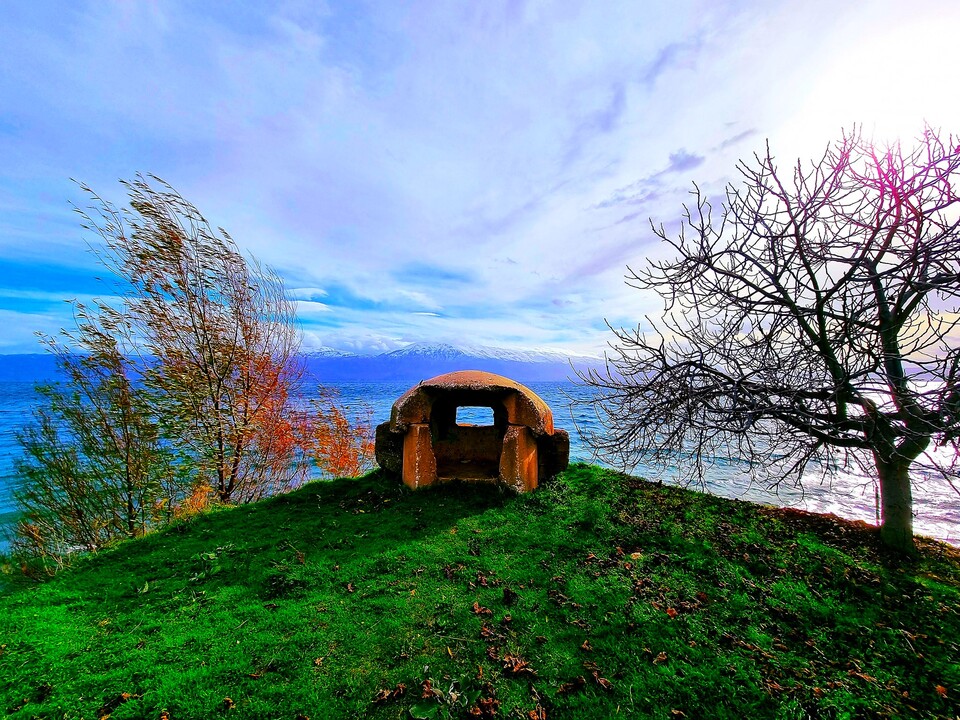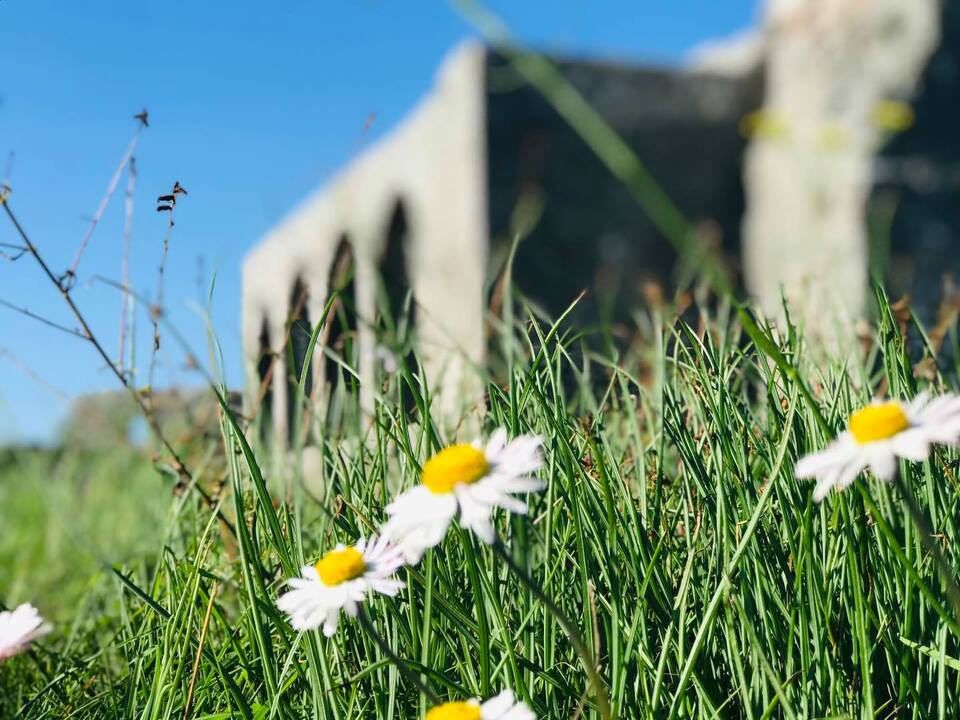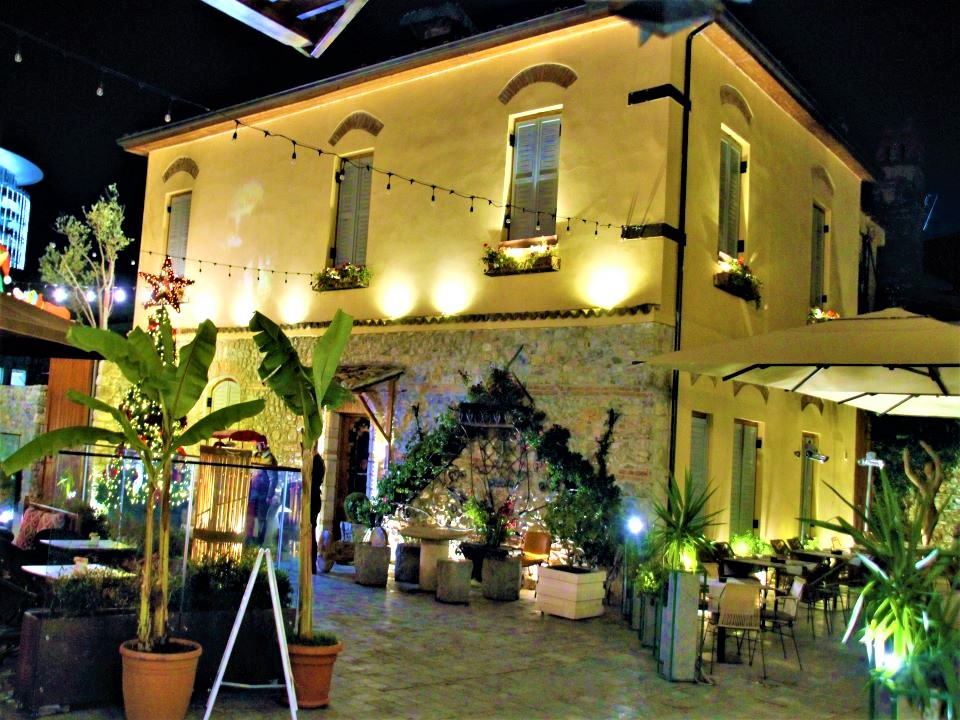Slovenia Travel Guide
Crossroads of the Adriatic
Stable, prosperous and welcoming, Slovenia is a charming and comfortable place to travel, with architecturally grand, cultured cities, and lush pine-forested countryside, perfect for hiking and biking in summer and skiing in winter. The country managed to avoid much of the strife that plagued other nations during the messy disintegration of the Yugoslav Republic, and has integrated quickly with Western Europe, joining the eurozone at the start of 2007. Administered by German-speaking Habsburg overlords until 1918, Slovenes absorbed the culture of their rulers while managing to retain a strong sense of ethnic identity through their Slavic language.
Slovenia’s sophisticated capital, Ljubljana, is pleasantly compact and cluttered with fabulous Baroque and Habsburg buildings. Elsewhere, the Julian Alps provide stunning mountain scenery, most accessible at Lake Bled and Lake Bohinj, and most memorable along the Soča Valley. Further south are spectacular caves, including those at Postojna and Škocjan, while the short stretch of Slovenian coast is punctuated by two starkly different towns: Piran and Portorož. In the eastern wine-making regions, Ptuj is Slovenia’s oldest and best-preserved town, while the country’s second city, Maribor, is a worthwhile stopover point on the way to Austria.
Slovenia Travel Essentials
WHEN TO GO
From May to October or ski season from December to February.
HOW LONG IN SLOVENIA?
1 full days for Ljubjana; 7 days for the highlights; 9-10 days to see everything.
GETTING THERE
Fly into Ljubjana, or train/bus from Austria, Croatia, Hungary and Italy and international train services from Ljubljana to Zagreb, Vienna and Belgrade or drive/bus from any neighboring country.
SLOVENIAN VISA
Visa-free for most passports (90 days).
GETTING AROUND
Hire a car or use intercity buses.
DAILY BUDGET
65-75 USD per person per day (mid-range hotel; restaurant meals; bus fares; museum tickets,




